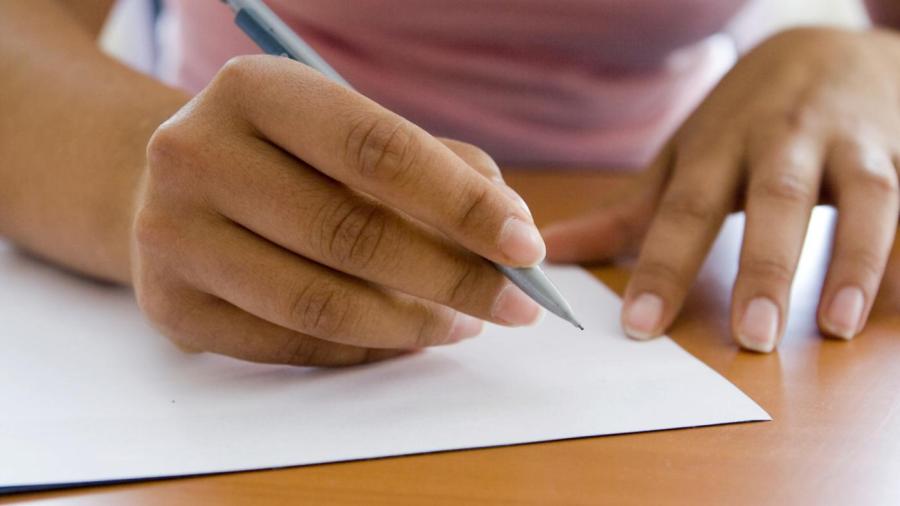How to Write a Letter to Request Something

Even in an age of emails and text messages, sometimes a letter is the most effective way to reach an audience. A well-planned letter of request can go a long way toward a positive response.
Formatting
A letter of request should be written with an introduction, the request, any details that the reader may need and a call to action with specific deadlines.
- Heading: The sender’s name and address should be at the top of the letter, ideally in a header. The full date should be next, followed by the recipient’s name and address. Any relevant titles should be included, such as Dr. for a doctor, Prof. for a professor or The Honorable Mrs. for a judge. After this, a subject line is appropriate to give the reader a sense for what the letter is about.
- Greeting: The greeting should be simple and polite, as in “Dear Prof. Patrick,”
- The introduction of both the writer and the request should not take more than two sentences. The recipient should know right away what the letter is about.
- In the following paragraph, additional information can be given to the reader. For instance, one can include more specific details about the beneficial effects of filling the request, both for the writer and for the reader. If it requires more than a little explanation, the writer can attempt to break it into bullet points to make it easier for the reader to digest.
- The last paragraph should include a call to action specifically stating what the reader should do after finishing the letter. The writer should remind them of the request, and if applicable, let them know of any important deadlines by which a response is needed. Ideally, they should know why the dates are important. If a payment or donation has been requested, all the relevant payment details should be included for the reader’s convenience.
- A request letter is typically wrapped up with a simple closing, such as “With regards,” and the writer’s name and signature. If there are any attachments, a final “Enclosed” line can be added at the end, which will alert the reader to look for them.
Length and Tone
Brevity is important in a letter of request. The reader should be given all relevant information in as few words as possible; large blocks of text tend to deter readers. In other words, the letter should be kept short and sweet. Spelling and grammar should be double-checked before sending.
The tone of a request letter should be persuasive. There are three types of appeals that can be very effective: appeal to emotion, appeal to logic and appeal to one’s character. One or more of these should be employed to help convince the reader of the request. Demanding or pleading language should be avoided. Staying polite, honest and direct is the best approach. Keeping the audience in mind is essential so that their concerns and interests can be addressed. They will be much more likely to consent.
Appropriate Uses
There are many instances in which a letter of request might be appropriate. Some of the more common requests are for information, customer feedback or reviews, job interviews, raises and donations.





